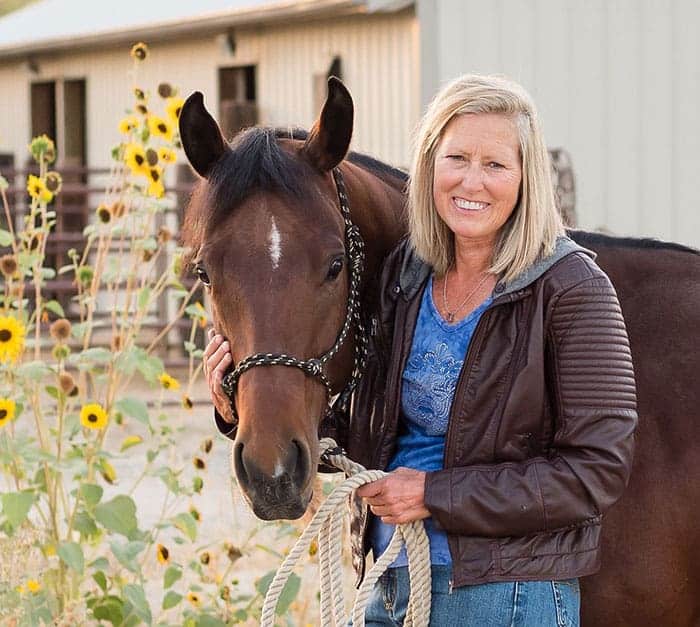Slow Feeders
As I talked about last week, boredom for horses can cause health issues such as weight gain, ulcers, stall vices (chewing, pawing, weaving), bickering or fighting between horses, and even colic. Last week I talked a bit about horse toys. This week I’m going to cover another option to help deal with boredom: slow feeders.
Slow feeders are a novel approach to feeding horses. In my travels while doing Horses for Clean Water work I’ve seen a variety of approaches and talked with a number of people who’ve implemented some type of slow feeder system and are pleased with the results. Basically, slow feeders are a means to offer restricted yet free-choice forage for the horse. There are a number of ways to approach this, and I’ll cover a few here.
The easiest way is to feed smaller, more frequent meals mimicking a horse’s natural behavior. Even going to three to five meals a day would be an improvement for a creature designed by nature to eat many small, frequent meals over the course of a day. Another simple option would be to leave out additional, lower-quality hay (high-fiber, low-non-structural carbohydrate) for your horse to browse on during the day, giving them more “chew time.” A short-coming to this approach is that horses often waste hay when they have a surplus of it.

To beat the wasted hay/bored horse conundrum, different kinds of slow feeders can be made or purchased to break up the monotony during the day and simulate a more natural feeding environment. Automatic feeders with slots for up to six (or more) feedings are a pricier, but reliable way to do this. This kind of system gives the horse multiple small feedings over the course of a day, more like their feral relatives on the plains
Create a free account with TheHorse.com to view this content.
TheHorse.com is home to thousands of free articles about horse health care. In order to access some of our exclusive free content, you must be signed into TheHorse.com.
Start your free account today!
Already have an account?
and continue reading.

Written by:
Alayne Blickle
Related Articles
Stay on top of the most recent Horse Health news with















